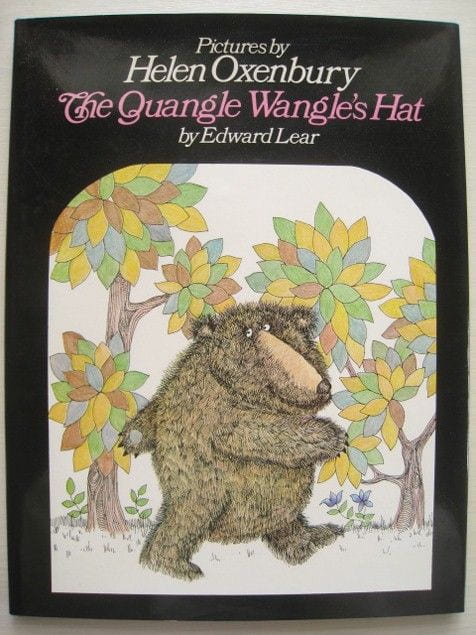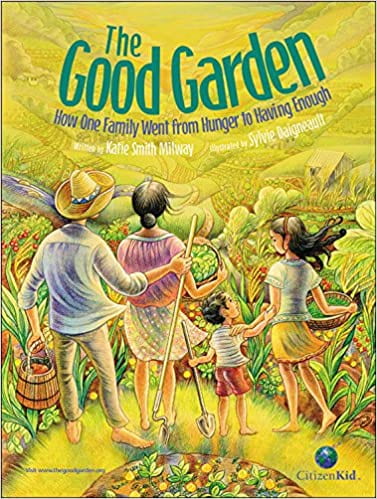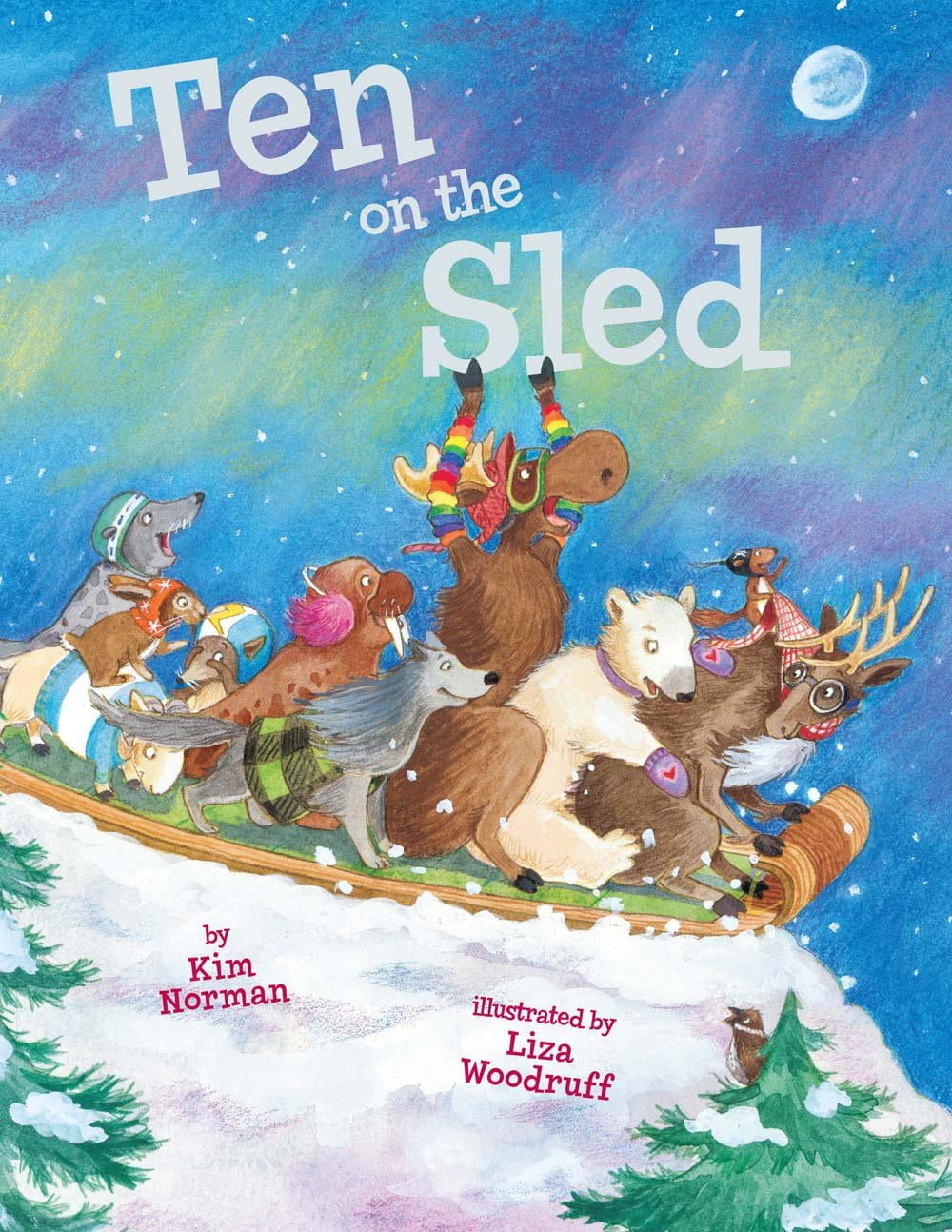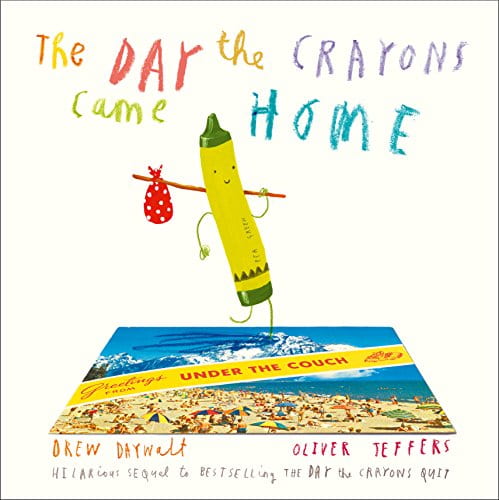Quangle Wangle’s Hat

Lesson Summary
The Quangle Wangle lives in the crumpetty tree and wears an enormous hat! But he is not truly happy until his creature friends come to build homes on his hat.
Challenge: Using the dimensions given in the poem, students will design and build a scaled model of the Quangle Wangle’s hat, ensuring there is enough surface area for homes for his friends.
STE or Math Standards
- STE: Technology/Engineering
6.MS-ETS1-5(MA). Create visual representations of solutions to a design problem. Accurately interpret and apply scale and proportion to visual representations.*
Math: Expressions and Equations 6.EE
6.GA Solve real-world and mathematical problems involving area, surface area, and volume
4. Represent three dimensional figures using nets made up of rectangles and triangles, and use the nets to find the surface areas of these figures. Apply these techniques in the context of solving real-world and mathematical problems.
6.RP.3c. Find a percent of a quantity as a rate per 100 (e.g., 30% of a quantity means 30∕100 times the quantity); solve problems involving finding the whole, given a part and the percent.
ELA Standards
- Presentation of Knowledge and Ideas 4. Present claims and findings, sequencing ideas logically and using pertinent descriptions, facts, and details to accentuate main ideas or themes; use appropriate vocabulary, eye contact, volume, and pronunciation. (See grade 6 Language Standards 4–6 for specific expectations regarding vocabulary.) 5. Include multimedia components and visual displays in presentations to clarify information. 6. Adapt speech to a variety of contexts and tasks, demonstrating command of formal English when indicated or appropriate. (See grade 6 Language Standards 1 and 3 for specific expectations.)
Video
The Quangle Wangle’s Hat by Edward Lear






